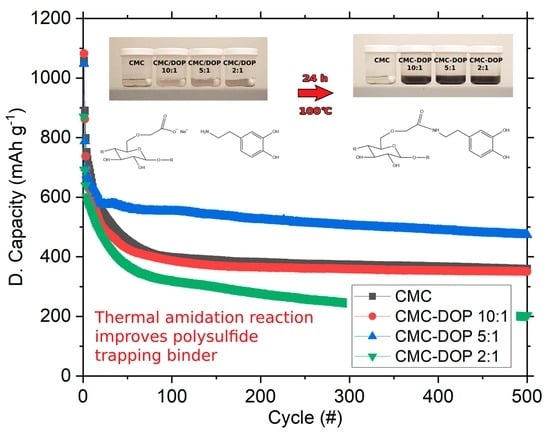Feature Papers in Batteries
A topical collection in Batteries (ISSN 2313-0105).
Viewed by 64643Editors
Interests: characterization; modeling; reliability; aging and diagnosis of electric energy storage system (batteries, supercapacitors, capacitors)
Special Issues, Collections and Topics in MDPI journals
Interests: lithium-ion batteries; post-lithium (magnesium-ion, lithium-sulfur, aqueous) batteries; control and mechanistic studies of SEI stabilization and electrode-electrolyte interface processes; electrochemistry; solid-state chemistry; surface chemistry
Special Issues, Collections and Topics in MDPI journals
Topical Collection Information
Dear Colleagues,
We are delighted to invite you to contribute a research or review paper for this collection.
This Topical Collection entitled “Feature Papers in Batteries” will cover all topics related to batteries and electrical energy storage systems.
All electrochemical systems, such as lithium-ion, lead–acid, nickel–metal hydride, metal–air, and next-generation batteries or supercapacitors, are of interest. Papers can be related to applications, for example, portable, electric vehicles, stationary, or photovoltaic, or they can be independent of an application.
Topics of interest include, but are not limited to, the following:
- fundamental electrochemistry aspects;
- active and passive materials and components;
- in situ and ex situ material analysis;
- cell design, module, and pack technology;
- processing and manufacturing;
- battery applications;
- modeling and control;
- battery performance and testing;
- charging technologies;
- battery management system, monitoring, diagnostics, and prognosis;
- thermal management;
- hybrid battery systems;
- safety and reliability;
- mechanisms and modes of ageing and lifetime;
- costs and market.
Prof. Dr. Pascal Venet
Prof. Dr. Seung-Wan Song
Guest Editors
Manuscript Submission Information
Manuscripts should be submitted online at www.mdpi.com by registering and logging in to this website. Once you are registered, click here to go to the submission form. Manuscripts can be submitted until the deadline. All submissions that pass pre-check are peer-reviewed. Accepted papers will be published continuously in the journal (as soon as accepted) and will be listed together on the collection website. Research articles, review articles as well as short communications are invited. For planned papers, a title and short abstract (about 250 words) can be sent to the Editorial Office for assessment.
Submitted manuscripts should not have been published previously, nor be under consideration for publication elsewhere (except conference proceedings papers). All manuscripts are thoroughly refereed through a single-blind peer-review process. A guide for authors and other relevant information for submission of manuscripts is available on the Instructions for Authors page. Batteries is an international peer-reviewed open access monthly journal published by MDPI.
Please visit the Instructions for Authors page before submitting a manuscript. The Article Processing Charge (APC) for publication in this open access journal is 2700 CHF (Swiss Francs). Submitted papers should be well formatted and use good English. Authors may use MDPI's English editing service prior to publication or during author revisions.





















